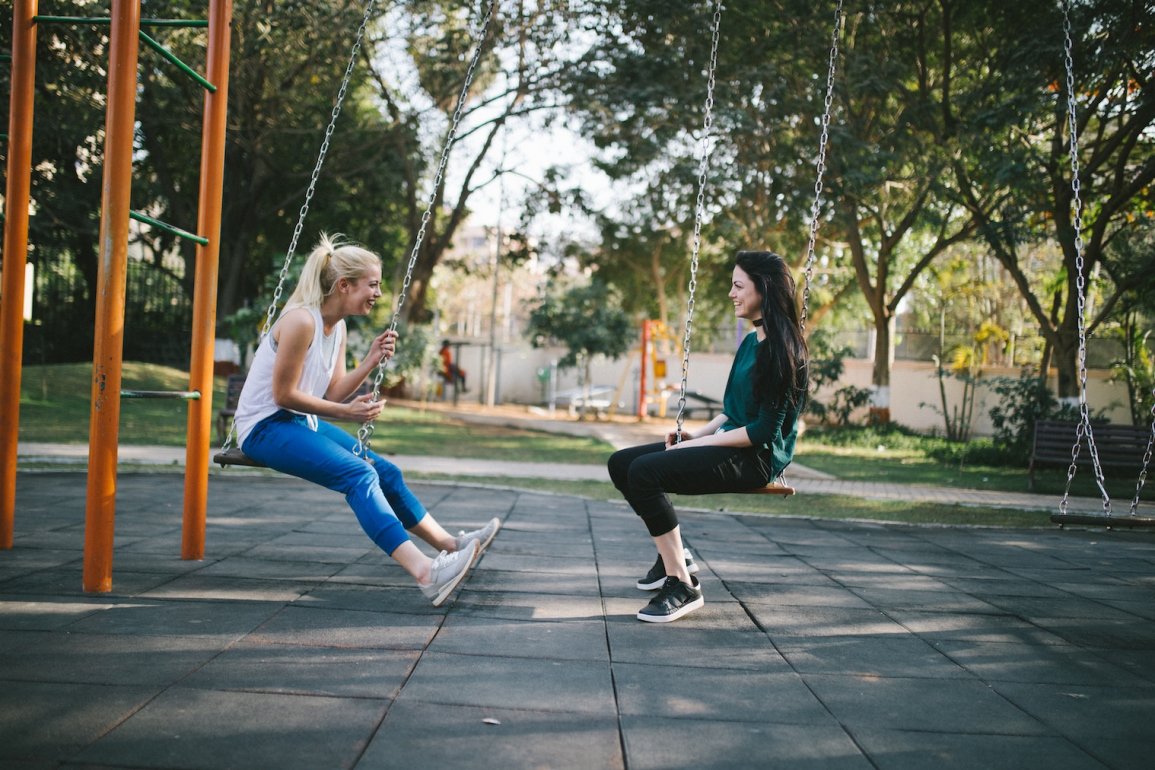By Sharna Fabiano for Enlivening Edge Magazine
In hierarchical organizations, superior leaders are placed above inferior followers, a model that is rapidly losing relevance. But what if leadership and followership could be re-imagined as complementary skill sets practiced by all members of a team, just like speaking and listening? Imagine a couple on a dance floor: one leader and one follower. The two have distinct yet equally valuable roles and work together to gracefully move around the room.
As a former teacher of tango social dance, I have an unusually positive experience with the roles of leading and following. As much as a successful dance partnership depends on the clarity, imagination, and decisiveness of a skilled leading partner, it also relies on the expertise, presence, and courage of a trained following partner. These two roles are considered non-hierarchical and many dancers train in both.
Equitable leading and following dynamics can also be found in successful professional teams, even if those terms are not used to describe them. Yet naming two sets of collaboration skills rather than just one enables us to better track our performance and to more smoothly navigate miscommunication. Leadership skills are commonly encouraged for all members of an organization, while followership is overlooked. But if everyone is going to lead, then everyone must be able to follow as well.
If everyone is going to lead, then everyone must be able to follow as well.
This article offers a few insights from the tango dancer’s training model of non-hierarchical leadership and followership, and explores a few ways that professionals can effectively balance their leadership skills with those of followership.
Inviting & Responding
On the dance floor, the leader invites and the follower responds. In the joining of these two primary functions, power is balanced. In improvised social dance, proposing the next move is a leadership task. Tango dancers call these signals invitations, rather than commands or directions, and assume the free choice of following partners to respond as they like. If a follower does not move, the leader waits, clarifies the signal, or offers a different signal instead. Consent and consensus is built into the technique.
Consent and consensus is built into the technique.
Those exercising leadership in a professional context, even if only for one meeting or one moment, also “invite” ideas or courses of action. Those listening are free to respond in any way that serves the common purpose. When we lead, it can be useful to remember that input from others invariably makes our ideas stronger. When we follow, it’s equally important to realize that our own mindful and deliberate responses are needed not only to support but to verify, refine, or develop what someone else is offering.
The dynamic of inviting and responding reinforces a sense of equal value and mutual respect between those who are leading and those who are following, especially when leadership is contextual or project-based. It acknowledges autonomy and choice on the part of the one who follows, and actively encourages dialogue, thereby diminishing the risk of resentment, avoidance, conflict, and resistance.
Care & Openness
Disagreements can quickly become obstacles to team progress. One facet of tango leadership is an attitude of acceptance and nonjudgment. Caring leadership, in this sense, helps to build the kind of team culture where differences of opinion can produce discoveries rather than dead-ends. Practicing healthy leadership in this sense might mean, for example, establishing compassionate rules of engagement (no yelling, name-calling, or threatening) and normalizing conflict as part of the creative process. These proactive measures make it easier for others to hear opposing views and to express themselves without becoming defensive.
The followership side of the coin acknowledges the felt experience of disagreement. Many of us don’t realize that we have a choice in how we respond internally to charged situations, and we sometimes forget to remain physically aware of what’s happening in our bodies. A habit of silent intention setting (I choose to be focused, curious, or patient) or personal checking-in (How does my body feel right now?) just before meetings can set the tone for healthy interaction. We can stay open throughout the day by breathing deeply, stretching, and taking breaks. In addition, acknowledging discomfort and speaking candidly can prevent misunderstandings.
Adaptability & Flexibility
Course corrections are part of every organizational journey. For dancers, the adaptive leadership view looks outward, navigating the dance floor as a whole. The flexible followership view, by contrast, looks inward to manage the smaller spaces that accommodate the couple’s footwork. In a professional team, looking outward might mean identifying shifts in the industry or social landscape that require the team to alter their product or service. Looking inward might mean tracking the tangible impacts those alterations will have on the work from day to day.
To become flexible followers, dancers train to focus in the present moment for various lengths of time. Only receiving a signal for one step at a time, this role must be prepared to move in any direction at any time. In work environments, this ability to stay in the moment can be invaluable when navigating change, providing a foundation of calm readiness to support those making difficult decisions in other areas. In a balanced team dynamic, change may begin to appear as it does to dancers: less like a disruption and more like an opportunity.
In a balanced team dynamic, change may begin to appear as it does to dancers: less like a disruption and more like an opportunity.
Final Thoughts
Understanding leadership and followership as matching skill sets gives us the freedom to slip in and out of each role as needed without ever feeling that we lack influence or importance. It’s a framework that inspires equitable and non-hierarchical engagement and dialogue. Can you see yourself expressing both leadership and followership at different times as you move through your day? Observing the exchange of energies on a team level can be a beneficial exercise in and of itself.
Especially in the the age of remote work, team members require strong followership as much as they do clear leadership. Success relies as much on our capacity for close listening and attention to detail as it does on our ability to organize and plan. The way we relate to one another influences the quality of work we produce, and a shared leadership-followership model helps us re-imagine dynamic teamwork from the inside-out.
 Sharna Fabiano is an internationally recognized specialist of Argentine Tango and author of Lead & Follow: The Dance of Inspired Teamwork. As an educator and coach, she shares her insights from the world of social dance with teams and organizations through innovative training programs in both leadership and followership. www.sharnafabiano.com [email protected]
Sharna Fabiano is an internationally recognized specialist of Argentine Tango and author of Lead & Follow: The Dance of Inspired Teamwork. As an educator and coach, she shares her insights from the world of social dance with teams and organizations through innovative training programs in both leadership and followership. www.sharnafabiano.com [email protected]
Featured Image Photo by Bewakoof.com Official on Unsplash




